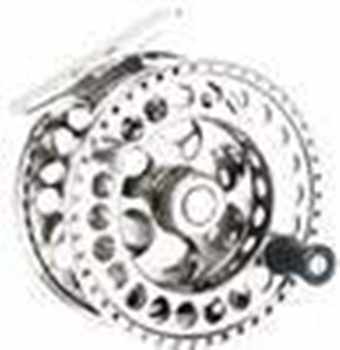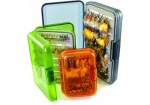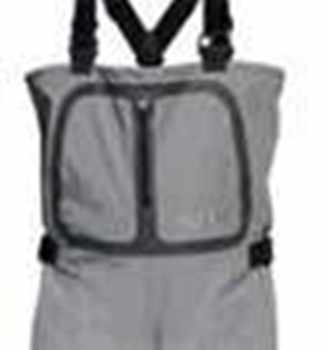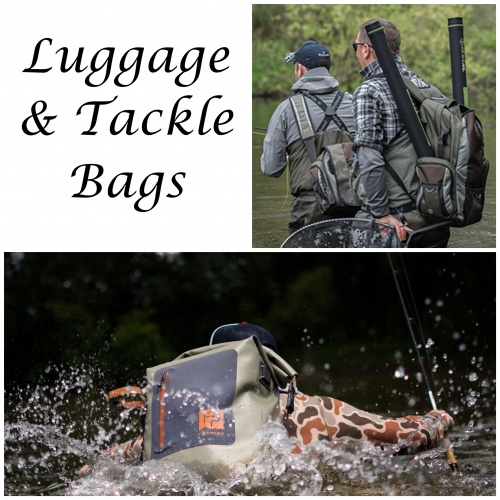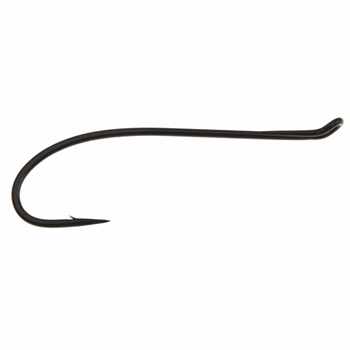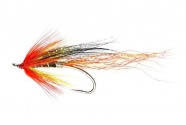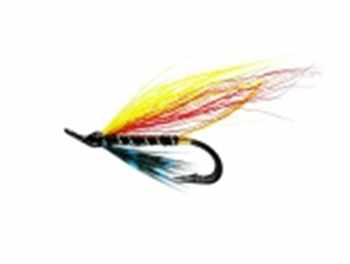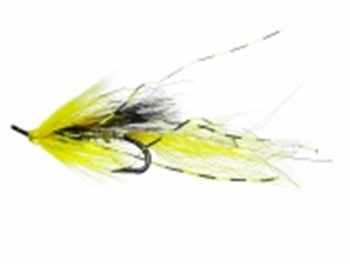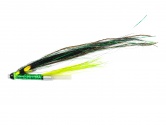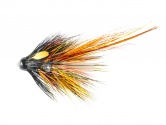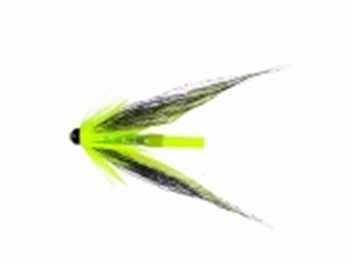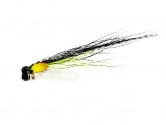Tube Flies and Their Advantages
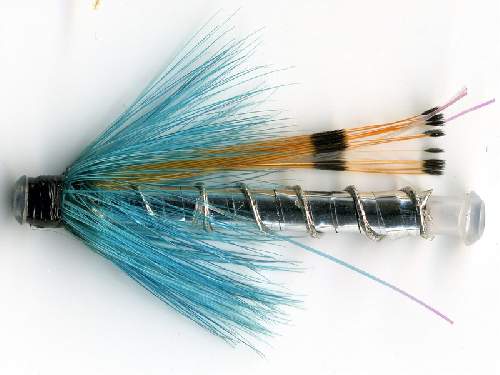 Tube fly fishing fishing origins are poorly understood, the first published references to tube flies is reputed to have been in 1932 by Alexander Wanless. He saw tube flies as a viable alternative to the loss of a large number of fly hooked salmon. He wrote that the tube fly was “the lure... has a hole through the centre of it so it slips up the line when a fish is being played. This is to prevent the small hook from being levered out of the fish’s mouth by the body of the fly”. Tube fly origins however according to Thomas Clegg in Modern Tube Making 1965 “came to Britain from America where North American Indians using hollow bird-bone lures which emitted a string of bubbles”
Tube fly fishing fishing origins are poorly understood, the first published references to tube flies is reputed to have been in 1932 by Alexander Wanless. He saw tube flies as a viable alternative to the loss of a large number of fly hooked salmon. He wrote that the tube fly was “the lure... has a hole through the centre of it so it slips up the line when a fish is being played. This is to prevent the small hook from being levered out of the fish’s mouth by the body of the fly”. Tube fly origins however according to Thomas Clegg in Modern Tube Making 1965 “came to Britain from America where North American Indians using hollow bird-bone lures which emitted a string of bubbles”
Whatever the history tube flies now have their space in our fly box. Modern tube flies utilise their true capabilities, which are:
- More Hook-ups - Because a hook can be presented at the tail of a lure using stiff hook retaining material, tail bites can be turned into hook-ups.
- More Fish Landed - Fishing with a tube enables greater number of hookups, as the tube slides away from the hook on a take, so the fish has less leverage to throw the hook compared to longer salmon fly hooks.
- Rapid Adjustment for Changing Conditions - A single tube can be adapted to situations that would normally require diff erent flies or lures on different size and styles of hooks.
- Better Baitfish Replication - The long thin profile of a tube better replicates baitfish, using wing and body material that fl ws back to give the appearance of a bulky head and slimmer body.
- Shorter Hooks - Crucially a longer tube means that there is no need to use large “ironmongery butcher hooks” for your lures.
- Simplifying Tackle - Tubes take up little space and that space does not have to cater for sharp hooks which damage lures and everything around them. Indeed you can carry a range of separate hooks in a separate small container and swap hooks from lure to lure.
- Longer Lasting - Because the tube slides up the line on a take this means there is less damage than with conventional lures on a take. Tube Flies last twice as long on average to a standard fly!
- Easier Catch and Release Fishing - With a deeply hooked fi sh the lure can be slid up the leader and cut off the hook without further injury to a fi sh. It is also practical to use hooks that will rapidly corrode in salt or fresh water.
- Barbed or Barbless - Hooks can be used according to fishery rules on the same tube fly as the hook is seperate from the tube fly.
- Hooks can be swapped - when dull rather than sharpenng them at the waters edge
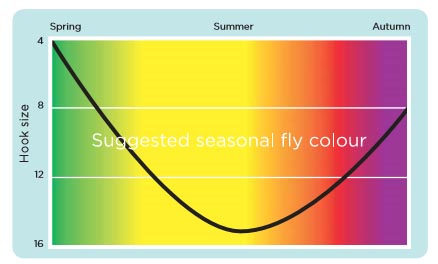 Tube flies can be made of diffrerent materials including plastic, copper, aluminium or brass and different length ranging from 1/8" for small summer tubes to 2" or more! Because the hook is seperate a small neat single, double or treble hook can be used according to local legislation.
Tube flies can be made of diffrerent materials including plastic, copper, aluminium or brass and different length ranging from 1/8" for small summer tubes to 2" or more! Because the hook is seperate a small neat single, double or treble hook can be used according to local legislation.

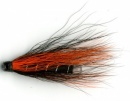

Modern tube flies have given rise to some of our stunning salmon flies including some famous tube flies like:
- Sunray Shadow
- Monkey
- Snaelda
- Flamethrowers
- Pot Bellied Pigs
- Junction Shrimp
with many traditional patterns being tied on tubes like black and Orange, Black and Yellow, Garry Dog etc.
With tube flies you can also try some neat tricks, try riffle hitching the tube fly and skate it along the surface as an alternative to a salmon dry fly.
Recommended Tube Fly Size vs Water Temperature | ||||||
| Water Temperature | Tube Fy Length mm Tube Fy Length mm | Hook Size Hook Size | Leader Breaking Strain Lb | Leader Braking Strain Kg | Suggested Fishing Depth | |
| C | F | |||||
| 1 to 5 | 34 to 41 | 55 | 6 | 12 | 5.4 | Deep |
| 3 to 7 | 37 to 45 | 45 | 6 | 10 | 4.5 | Mid to Bottom |
| 5 to 9 | 41 to 48 | 35 | 8 | 10 | 4.5 | Mid to Bottom |
| 7 to 9 | 45 to 52 | 30 | 8 | 8 | 3.6 | Mid to Bottom |
| 8 to 12 | 34 to 41 | 25 | 10 | 8 | 3.6 | Mid to Top |
| 12+ | 51+ | 25 | 12+ | 8 | 3.6 | Mid to Top |





